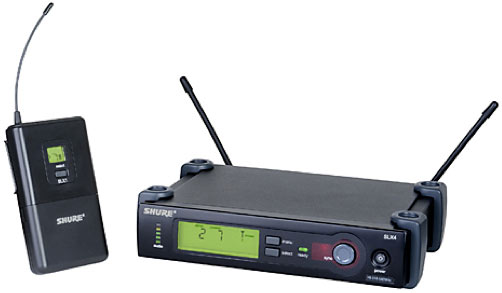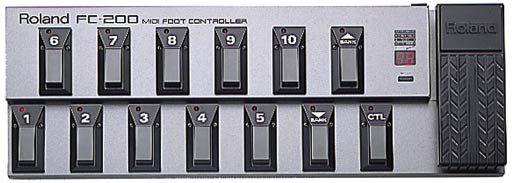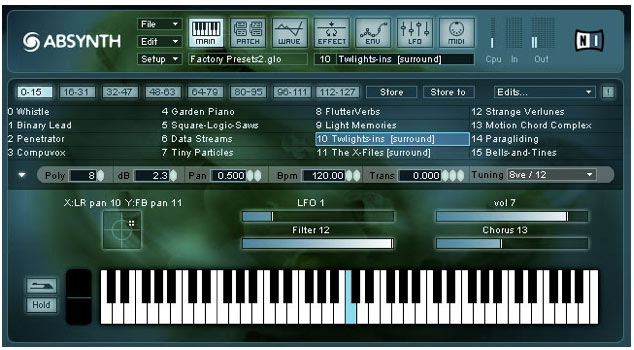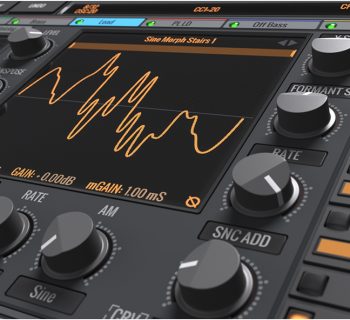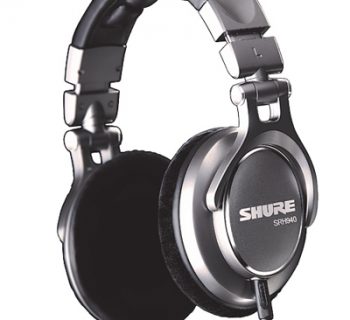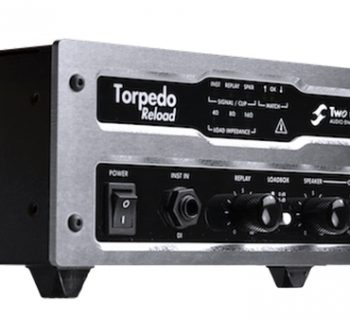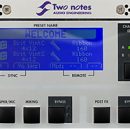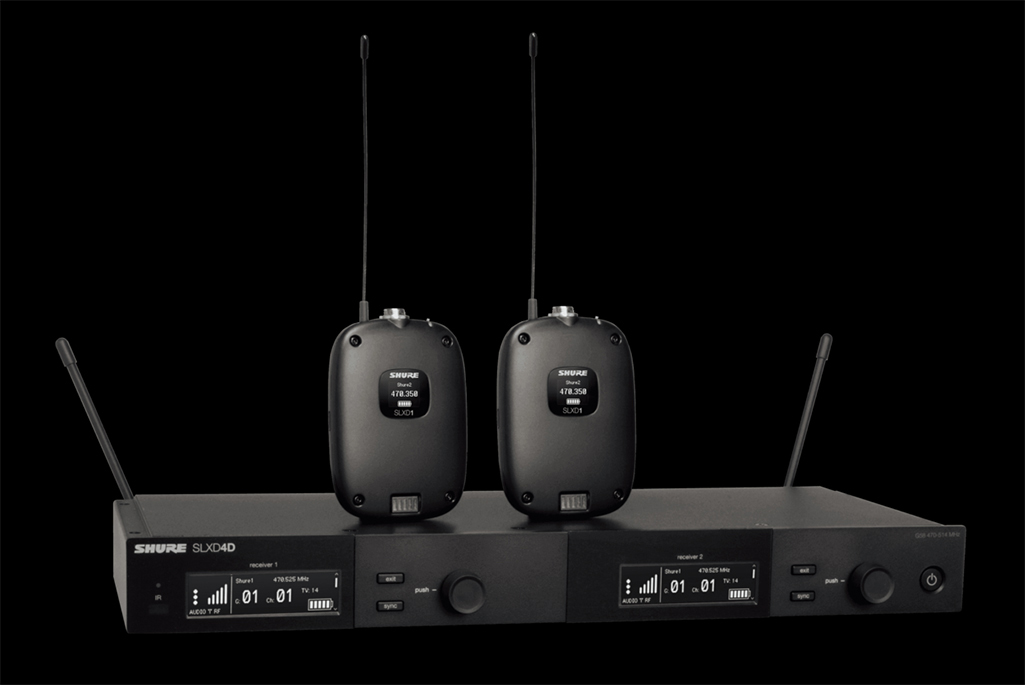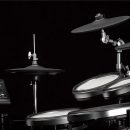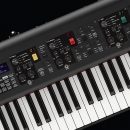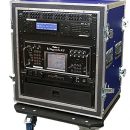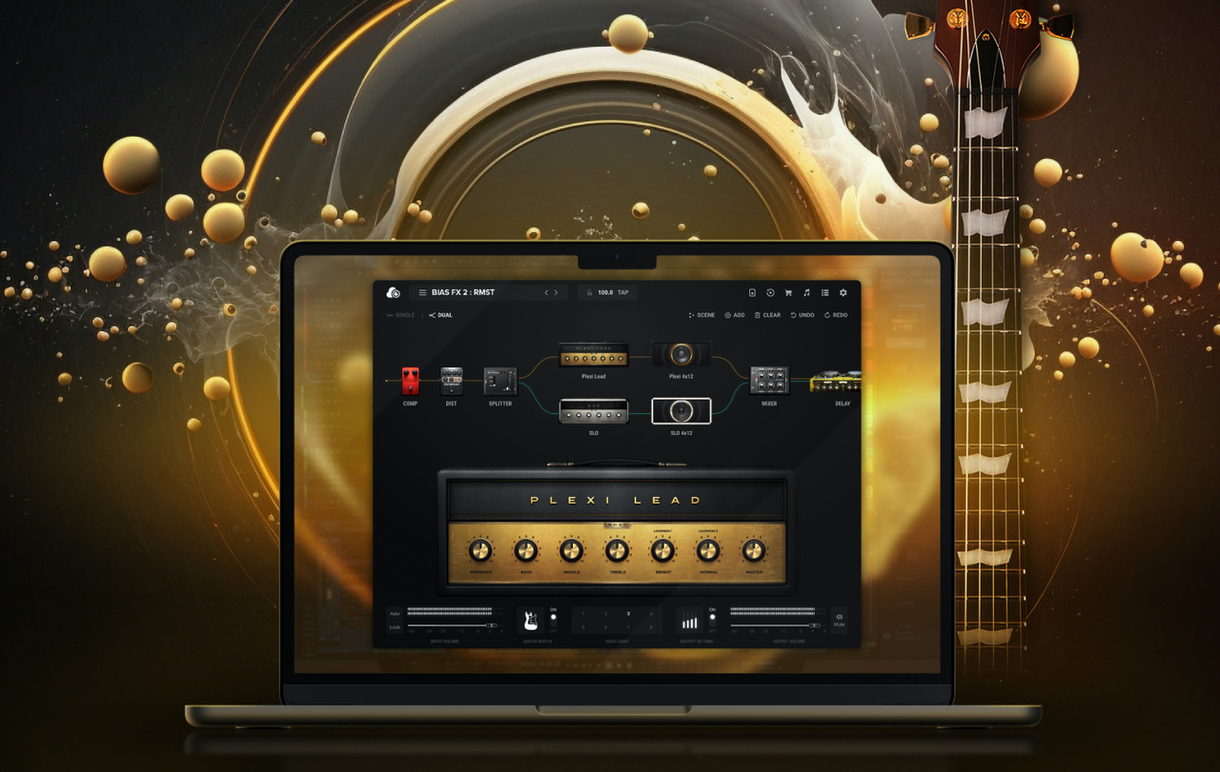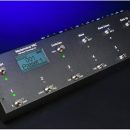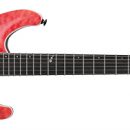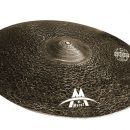 If you never evaluated another wireless system for your guitar and just threw the Shure SLX system in your rack, nobody would fault you, and you wouldn’t be disappointed. The SLX System provided us with everything we could possibly want in a wireless system for our pro guitar rig: sound quality that we couldn’t distinguish from our wired sound, automatic configuration, good battery life, and every possible connector and cable in the box to accommodate any installation scheme that appealed to us.
If you never evaluated another wireless system for your guitar and just threw the Shure SLX system in your rack, nobody would fault you, and you wouldn’t be disappointed. The SLX System provided us with everything we could possibly want in a wireless system for our pro guitar rig: sound quality that we couldn’t distinguish from our wired sound, automatic configuration, good battery life, and every possible connector and cable in the box to accommodate any installation scheme that appealed to us.
Features
| Category | Value | Rating |
| Features | 20% | |
| Usability | 25% | |
| Sound | 25% | |
| Documentation & Support | 10% | |
| Price | 20% | |
| OVERALL RATING = 3.6, which earns it a WIHO Award. 3.6 stars or better: Outstanding, WIHO Award 3 stars or better: Worth considering 2 stars or better: Suited to specific needs 1 star or less: Not recommended |
||
Automatic Frequency Selection. Once the SLX4 Receiver finds an available frequency (960 frequencies available in each of three 24 MHz frequency bands in the USA version), it automatically configures the SLX1 Transmitter to use the same frequency. Frequencies may be manually selected, too, and there are different frequency bands available in other models sold elsewhere worldwide.
- Range of up to 300 feet.
- SLX1 Transmitter gets up to eight hours battery life with two AA batteries.
- Input and output on rear of SLX4 (unbalanced 1/4” and balanced XLR). Recessed volume adjustment on rear is designed for set-and-forget operation without accidental adjustments. The SLX1 has fixed, adjustable levels (selectable) for mic, 0, and -10dB.
- The package comes complete with all products and accessories you could possibly need for installing this wireless system: rubber feet for table-top use (or on top of your amp head), rack ears for mounting the half-rack space SLX4 in your rack, accessory cables for attaching the antennas to the front of the rack ears (instead of connecting to the back of the unit), special WA302 cable for connecting a guitar to the SLX1 bodypack, and a set of Energizer batteries to get you started. This is the first time we’ve noticed a manufacturer include top-quality, name-brand batteries – a very nice touch.
- Up to 20 SLX systems may be used depending on the frequency bands available in your region. This should accommodate most rock bands.
The SLX systems, as well as Shure’s ULX and PGX systems, use a “predictive” diversity implementation. Two antennas connect to a single receiver through a microprocessor-controlled switch. In the event of a very sudden change in the received signal (which could indicate an impending dropout), the receiver switches to the other antenna instantly, but minor fluctuations in the signal are ignored.
Usability
Installation of the SLX system could not have been any simpler. It only took us a few minutes to attach the rack ears and connecting cables that enabled us to attach the antennas to the front of our guitar rack.
We experienced plug-and-play simplicity throughout the process. We tested the Shure SLX system in a room with crowded airwaves. There were two older Shure LX wireless systems (using a lower range of frequencies) and an Audio-Technica UHF system already in use in our studio (sharing the same frequency range), but the SLX4 paired with the SLX1 at the touch of a button. Once the receiver found a frequency, we pointed the transmitter’s infrared port at the SLX4 and hit the large Sync button on the receiver and voila! We were ready to go. (Infrared is only used for syncing the devices and has nothing to do with your audio signals.)
Our instrument used Group 1 and Channel 1. If we were configuring multiple units, a few simple selections on the receiver and transmitter would let us change groups or channels.
The SLX1 transmitter has a mute button on top, and a three-bar battery life indicator. The SLX4 receiver has a five-bar signal strength indicator with red LEDs to identify clipping signals. Both the receiver and transmitter display the group and channel for your instrument. We would have liked to see a battery indicator on the receiver as well, but that’s our only gripe, and it’s not essential for use in a guitar rig.
Battery life proved excellent, and we saw close to ten hours of use from a set of Duracell batteries.
Sound
The SLX system uses Shure’s Audio Reference Companding technology to carry a wireless signal. Companding is a technique used by wireless systems to compress an audio signal for transmission and then expand the signal at the receiving end. Shure’s system selectively compresses only the louder parts of a signal where it is hoped that any artifacts caused by the compression will be rendered unnoticeable. The rated frequency response is 45 Hz – 15 kHz, low enough to handle electric guitars (which typically bottom-out around 60-80 Hz).
In older wireless units, companding was chiefly responsible for yielding an obviously compressed instrument signal that left many serious guitar players refusing to give up their wires. If you gave up on wireless systems ten years ago, it’s time for you to take another listen.
Using our Music Man, Carvin, and Takamine guitars through a rack-mounted Mesa/Boogie setup (all pro gear), we could not discern any audio difference between our wired and wireless guitar sound. We never heard any pops/clicks or dropouts, and it didn’t sound like our guitar signal was compressed in any way.
Documentation and Product Support
The documentation is brief – only ten or so pages, but it’s all that you need, and more than we needed since the system was so easy to implement. If you’re new to wireless systems, it won’t hurt to read through it, and there’s even a quick-start document that gets you up and running with even less fuss.
We would have liked to read more details regarding the wireless technology (you can find this information on the Shure website if you’re interested) but, operationally, Shure gave us everything we needed to implement and troubleshoot a wireless system.
Price
The Shure SLX Instrument System ($760 MSRP) sells for under $600, a reasonable value for its combination of great sound quality, pro features, and complete packaging.
Other Comments
I’ve heard from a few players trying to decide between Shure’s SLX and the more costly ULX wireless systems.
The most significant differences to note:
- ULX systems offer support for up to forty systems as opposed to the SLX’s limit of twenty – probably not a real show-stopper for many of our readers.
- While the frequency response of the SLX system is 45 Hz – 15 kHz, the ULX system covers an expanded 25 Hz – 15 kHz, which makes it a better choice for demanding bassists, but this shouldn’t make a difference for your electric guitar.
- ULX systems use a 9-volt battery vs. two AA in the SLX, but they are rated at the same battery life. AAs are cheaper.
For a more comprehensive list of the differences, see knowledge-base article #3129 on the Shure web site. Overall, for the typical mid-level touring rock band, we don’t think there’s a need to spend for the more costly ULX system, but let your own specific needs be the judge.
Contact Information
Shure
www.shure.com
| Evaluation Short-List |
|

